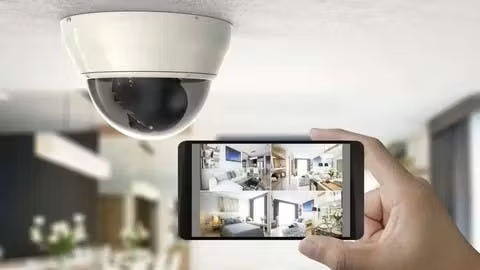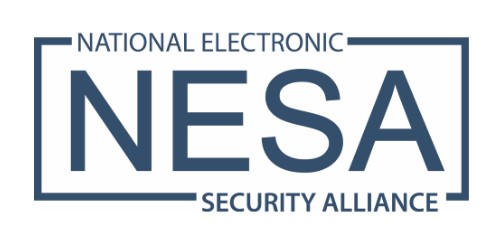
5.5.25 – SIW
The smart camera market accounted for USD 45 billion in 2025 and is projected to grow at a CAGR of 12% over the forecast period, reaching approximately USD 130 billion by 2035.
Increasing demand for AI-powered facial recognition, autonomous threat detection, and smart home security solutions are among the major drivers of industry growth. Additionally, rising investments in industrial automation and smart city infrastructure are propelling the market, as smart cameras become critical elements in monitoring systems, smart surveillance systems, and advanced industrial security systems.
Key Takeaways for the Smart Camera Market
The smart camera market is experiencing significant momentum owing to technological innovations and the expanding applications of AI and IoT technologies. As industries across the globe shift toward automation and data-driven operations, smart cameras have become indispensable for real-time analytics, operational efficiency, and security enhancements. Moreover, with the rising concerns around cybersecurity and the need for advanced surveillance, the integration of smart cameras into smart cities, manufacturing plants, and residential setups has accelerated.
Companies are prioritizing the development of smart cameras that offer high image quality, faster processing, and seamless integration with cloud services to meet the evolving customer expectations. The affordability of high-performance camera sensors, combined with advancements in machine vision technology, is also lowering the entry barrier for a broader range of industries, thus expanding market penetration.
Emerging Trends in the Global Market
One of the most notable trends in the global smart camera market is the surge in edge computing capabilities. Smart cameras are increasingly being designed with on-device processing features, allowing them to analyze data locally without depending heavily on cloud infrastructure. This reduces latency, strengthens data privacy, and enhances operational efficiency. Another emerging trend is the fusion of smart cameras with artificial intelligence and deep learning algorithms, enabling features such as behavior analysis, predictive maintenance, and anomaly detection.
In the consumer segment, the proliferation of smart home devices is pushing innovation in user-friendly smart cameras that support voice control, multi-device integration, and customizable alerts. In the industrial sector, the use of smart cameras for quality inspection, robotics, and supply chain monitoring is seeing a steep rise, supported by the Industry 4.0 revolution. Furthermore, collaborations between smart camera manufacturers and AI software developers are giving rise to new product categories tailored for niche markets, such as healthcare surveillance and precision agriculture.
Significant Developments in the Global Sector
Global investments in smart city projects are creating new opportunities for the smart camera market. Governments and municipalities are adopting integrated surveillance solutions that include smart cameras with AI analytics to monitor traffic, enhance public safety, and optimize urban infrastructure. The transportation sector is another key beneficiary, with smart cameras being deployed for vehicle tracking, license plate recognition, and automated toll systems. In the manufacturing domain, smart cameras equipped with machine vision technology are critical in quality assurance and production line monitoring, reducing defects and increasing yield.
The healthcare sector is exploring the use of smart cameras in patient monitoring and facility security, offering a new avenue for market growth. Opportunities are also emerging in retail, where smart cameras enable customer behavior analysis, inventory management, and theft prevention through advanced video analytics. As 5G networks continue to roll out globally, the capabilities of smart cameras will be further enhanced with faster data transmission and ultra-low latency, enabling real-time, high-definition video surveillance and remote operation.
Recent Developments in the Market
Several companies are actively expanding their smart camera portfolios to tap into new market segments. Innovations in chipsets have allowed for the creation of compact, energy-efficient cameras capable of advanced on-device AI processing. Some manufacturers have introduced smart cameras featuring multi-spectral imaging for industrial and agricultural applications. Strategic partnerships are also shaping the competitive landscape. Leading tech firms are collaborating with AI startups to embed next-generation analytics into their cameras.
Additionally, major players are emphasizing cybersecurity features to ensure secure transmission and storage of data, addressing one of the growing concerns among customers. The trend of subscription-based models for smart camera software and cloud storage services is gaining traction, offering companies recurring revenue streams while providing customers with continuous updates and expanded capabilities.
Read the full report here: https://www.futuremarketinsights.com/reports/smart-camera-market
